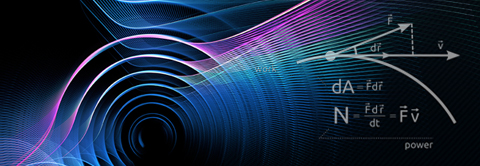----------------------------------------------------------------------------------------
Title : Ultrapure and Bright Carbon Nanotubes using Vitamin Self-Assembly Abstract: Carbon nanotubes have drawn enormous attention due to their exceptional mechanical, thermal, optical, and electrical properties. According to the rolled up vector of a graphene sheet, termed by chiral vector (n,m), carbon nanotubes possess different physical properties. Since as-grown carbon nanotube produces mixture of chiralities, it is pivotal to separate carbon nanotubes according to their chirality. We developed that self-assembled structure of flavin mononucleotide (FMN) can encase carbon nanotube. The cooperative hydrogen bonding between adjacent flavin moieties results in the formation of a helical ribbon, which organizes around SWNTs through concentric p-p interactions between FMN and the underlying graphene wall. The strength of the helical FMN assembly is strongly dependent on nanotube chirality. In the presence of a surfactant, the FMN assembly is disrupted and replaced without precipitation by a surfactant micelle. The significantly higher affinity of the FMN assembly for (8,6)-SWNT results in an 85% chirality enrichment from a broad diameter distribution nanotube sample (Nat. Nanotech., 3, 356 (2008)). This seamless and pH-inert self-assembled structure is further utilized to produce bright carbon nanotube. Among various non-radiative pathways, sidewall chemisorption of oxygen provides a known defect for exciton quenching through nanotube hole doping. We show that an aliphatic (dodecyl) analog of flavin mononucleotide (FC12) leads to high dispersion of SWNTs, which tend to aggregate into bundles. Unlike other surfactants, the surface organization of FC12 is sufficiently tight to exclude oxygen from the SWNT surface, which leads to quantum yields as high as 20%). Toluene-dispersed, FC12-wrapped nanotubes exhibit an absorption spectrum with ultrasharp peaks (widths of 12 to 25 millielectron volts) devoid of the characteristic background absorption of most nanotube dispersions (Science, 323, 1319 (2009)). These combined methodologies can find many applications such as carbon nanotube growth, highly efficient photovoltaics, drug delivery, and biosensors applications. In addition, my current research efforts will be discussed shortly. 나노과학기술대학원 책임교수 신중훈 배상.







